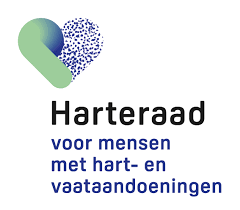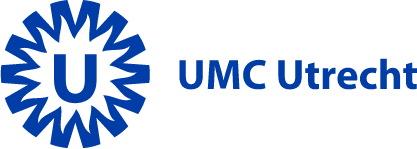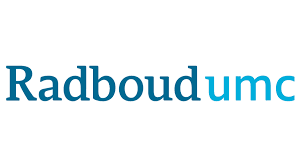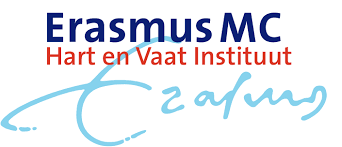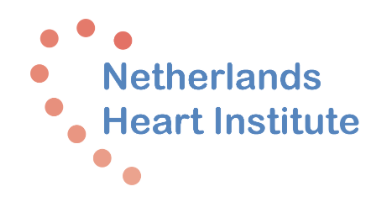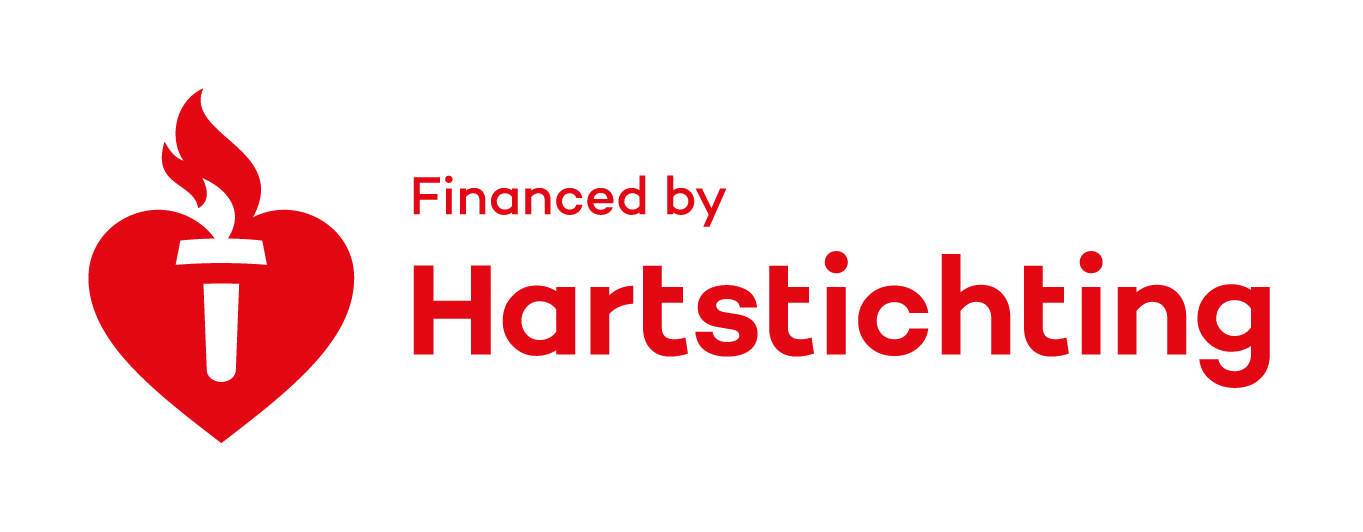The consortium’s objectives are divided into six different work packages. Below you will find the work packages.
WP 1. Plaque diversity and biomarkers (patient specific mechanisms)
Focus on phenotyping of human plaques. This involves looking for differences in local plaque phenotypes (pathology/molecular) that are associated with biology, clinical presentation and biomarkers.
-
- M Mokry/S van der Laan (UMCU) (plaque biobank incl pathology, genetics, epigenetics, biomarkers, clinical data, RNAseq, proteomics, bulk, single cell, ATACseq)
- J Sluimer/J Goossens (MUMC) (plaque biobank, endothelium and fibroblast experience, multispatial imaging)
- J Kroon (AmsterdamUMC) (vessel on a chip based on human specimen, tool for functionality and gene function)
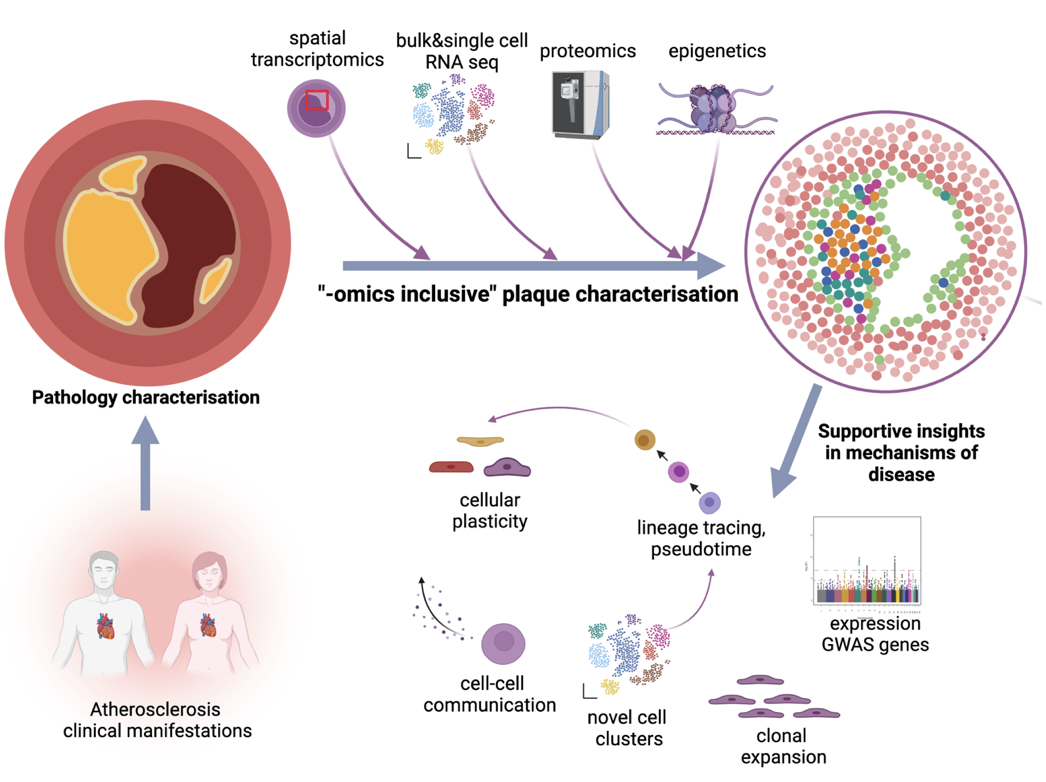
WP 2. Fundamental insights in mechanisms driving atherosclerosis diversity
WP2 answers the question which systemic factors drive the diversity in atherosclerosis. We will focus on systemic inflammation- and immune activation, lipids, and aging, and the interactions between these factors, in relation to the presence and phenotype of atherosclerotic plaques and/or ASCVD outcomes.
-
- A Neele, M de Winther (AmsterdamUMC) (macrophages, inflammation, epigenetics)
- N Riksen (RadboudUMC) (innate immunity, aging, clinical cohorts)
- I Bot/B Slutter/A Foks (immunology, Leiden atherosclerosis cohort)
- M Westerterp, R Vliegenthart (UMCG) (immunology, LifeLines)
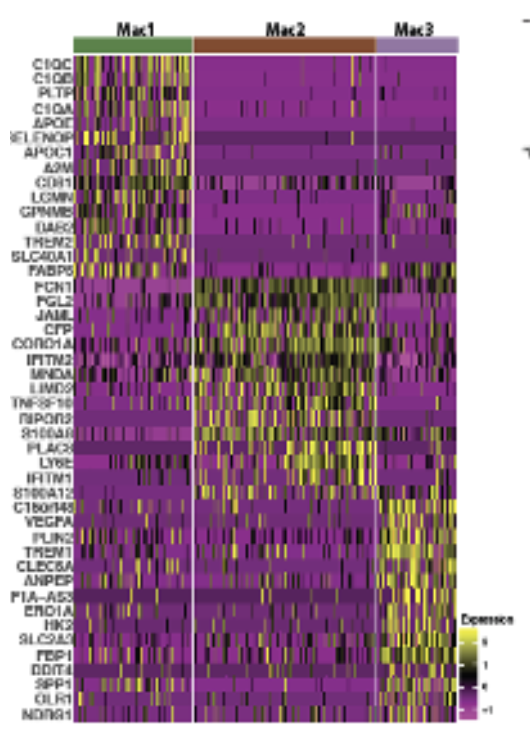
WP3. Cohorts and translation
WP3 is characterized by its use of large, longitudinal cohort studies with documentation of subclinical atherosclerosis and clinical ASCVD outcomes, including Lifelines (UMCG), Rotterdam study (EMC), Helius (AmsterdamUMC), and NEO and PROSPER (LUMC). WP3 will stratify ASCVD risk based on process-specific polygenic risk scores, multi-model circulation-based omics analysis, and based on microbiome. In addition, WP3 will interact with WPs 1 and 2 for cross-validation and specifically exploring heterogeneity in terms of genetic architecture, age, sex, and ethnicity.
- M Kavousi (ErasmusMC) (Experience in exploring data from large cohorts (incl genetics such as UK biobank, coordinator ERGO)
- M Nieuwdorp (AmsterdamUMC) (experience in multi-ethnic studies, experience in exploring large cohorts, coordinator HELIUS)
- B Heijmans (LUMC), (expert in epigenetics, collaboration with WJ Jukema))
- J Fu (UMCG) (experience in In CONTROL and contribution LIFELINES)
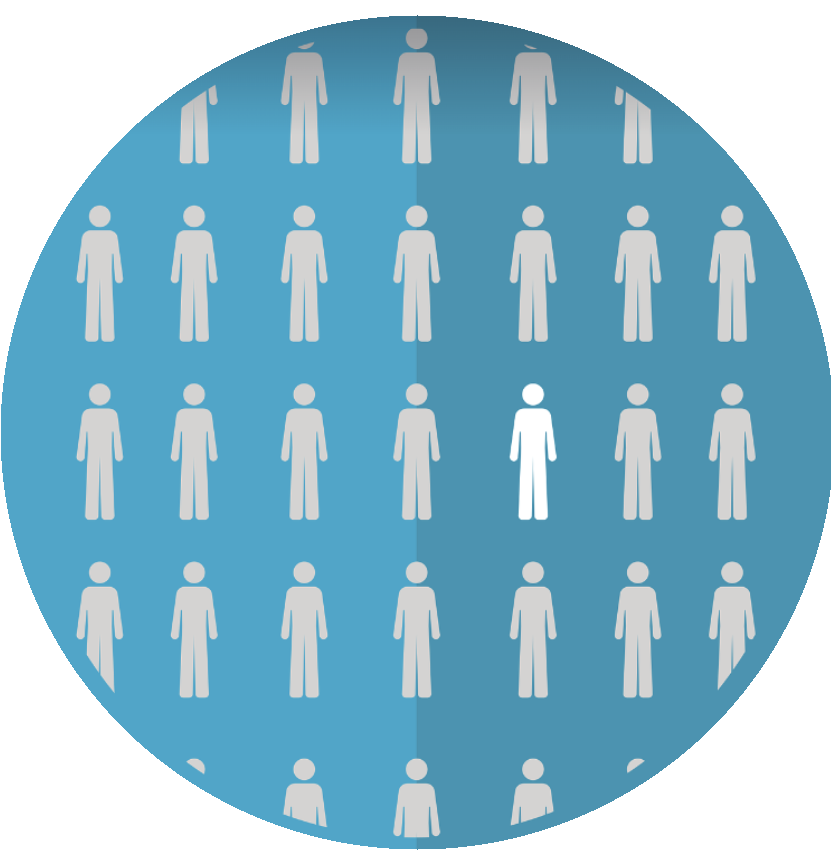
WP4. Imaging diversity (in interventions)
In WP4, we will investigate imaging technologies capable of identifying characteristics that enable detailed patient phenotyping and stratification. Particular emphasis will be placed on imaging biomarkers reflecting vascular calcification, inflammation, and features of vulnerable plaque, which are key indicators of instability and predictors of cardiovascular events. Special attention will be devoted to the temporal evolution of these plaque characteristics, to improve our understanding of disease progression and treatment response.
- J Roeters van Lennep/ R Budde (ErasmusMC) (experience in CT and photonCT)
- R Nijveldt (RadboudUMC) (experience in MRI, interest in CT based RCTs for treatment)
- M Guglielmo, B Velthuis (AI based analyses of CT images and interest in CT based RCT for treatment)
-
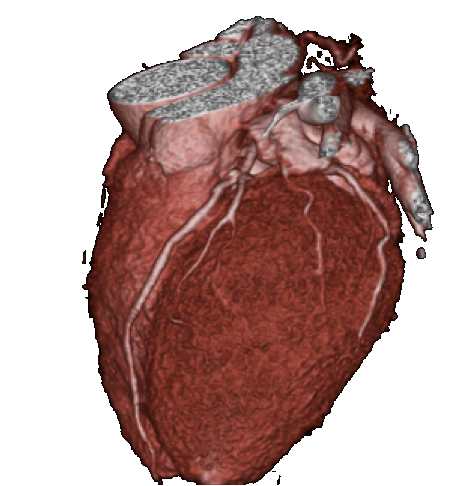
WP5. Translation to treatment
In WP5, the knowledge obtained in WP1-4 is utilised in intervention studies, either to test whether biomarkers can predict effectiveness/side effects of drugs in large RCTs, or to validate new targets that have been identified in small proof-of-concept studies.
- We reserved budget for studies that aim to validate/verify a patient tailored strategy for treatment. For example: this can be done in retrospect (past RCT studies) or prospectively (e.g. investigator driven study with support Athero consortium).
- Aim is to support 3-5 proposals starting after year 1.
- A panel of experts in clinical translation/clinical studies will be asked to judge proposals.
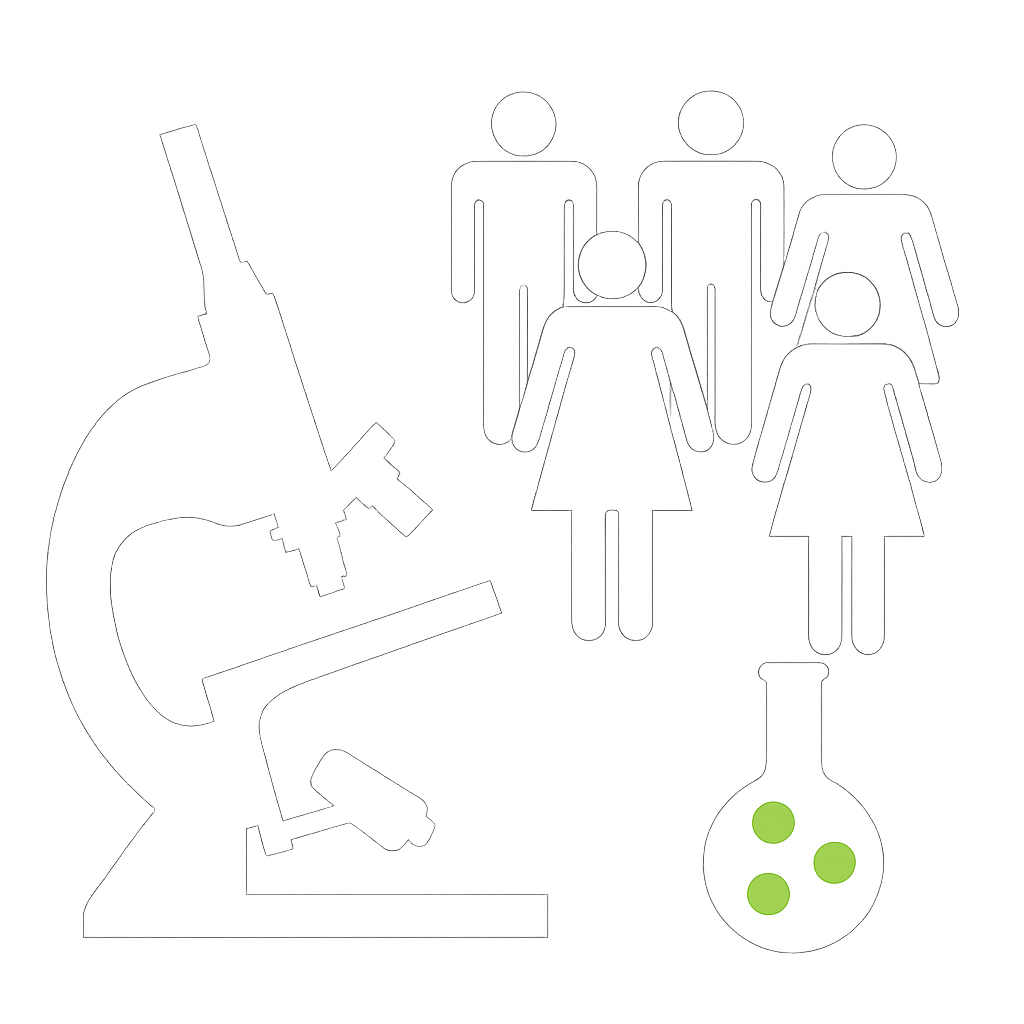
WP 6. Talent, dissemination, communication, impact, valorisation, administration
In WP6, we will:
-
- Select 10 projects on Health Diversity. Talents may propose small collaborative projects that aim to improve our understanding how health disparities (SEP, gender, education, pollution (exposome)) affect disease mechanisms or clinical presentation of atherosclerotic disease.
- Invest in an intravasc imaging and biomarkers project
- Invest in educational and special talent meetings (e.g. such as visiting international private companies).

